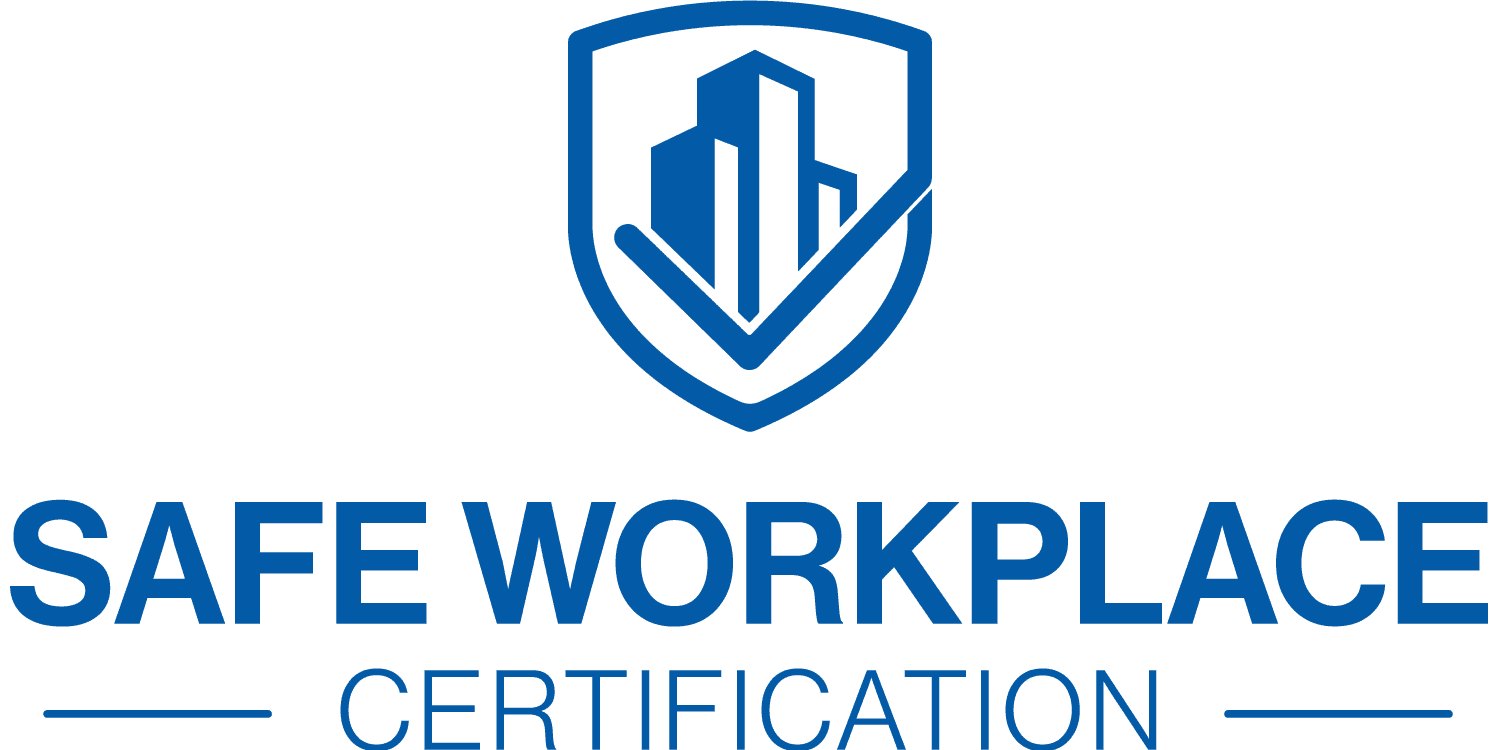Safe Workplace Certification (SWC)
Third‑party validation that your violence prevention program meets or exceeds OSHA, ASIS/ANSI, and emerging legislative standards.
When your board asks, “Are we doing everything possible?”
Workplace violence is a growing concern, and organizations must show they are proactively protecting their people, assets, and reputation.
The Safe Workplace Certification (SWC) from CPPS provides that proof, offering third-party validation that your program meets or exceeds OSHA, ASIS/ANSI, and emerging legislative standards.
With SWC, you demonstrate compliance, enhance trust, and build a culture of safety that lasts.


What Is the Safe Workplace Certification?
The Safe Workplace Certification is the leading benchmark for workplace violence prevention programs. It validates that your organization has developed and implemented a comprehensive WVPI program that:
By achieving certification, your organization earns recognized status as a Certified Safe Workplace—a visible, credible assurance of your commitment to safety.
What Certification Covers
The certification framework ensures a complete, enterprise-wide approach. It includes:

Program Analysis & Vulnerability Assessment
Independent review of policies, governance, and readiness.

Training at All Levels
– Employee awareness training on warning signs, reporting, and response.
– Manager and supervisor training to identify and address concerning behaviors.
– Specialized training for Threat Management Teams (TMT) and Crisis Management Teams (CMT).

Threat & Crisis Management
Implementation of Behavioral Threat Assessment & Management (BTAM), multidisciplinary TMT protocols, and active assailant readiness capability.

Executive Leadership Engagement
Bolstering informed support, standards-based policy approval, incident response, and strategic oversight.

Annual Recertification
Regular reassessments and continuous improvement to maintain compliance and alignment with evolving standards.
Benefits of Certification
Organizations achieving the Safe Workplace Certification gain measurable outcomes:

Third-Party Validation
Confidence that your program meets or exceeds national safety standards.

Legal & Insurance Protection
Stronger defensibility in litigation, with potential liability insurance savings.

Employee Confidence & Retention
Builds a culture where employees feel safer and more willing to report concerns.

Operational Efficiency
A turnkey, comprehensive solution that saves time and integrates with your culture.

Reputation & Credibility
Enhanced trust with boards, regulators, clients, and employees.

Cost Savings
Reduced exposure to legal, medical, and productivity costs associated with workplace violence.
How to Achieve Certification

Step 1
Consult
Schedule a meeting with CPPS experts to assess your current program and identify gaps.

Step 2
Align
Implement improvements with CPPS support to meet national standards and best practices.

Step 3
Certify
Complete the review process and earn official Certified Safe Workplace recognition and plaque.

Step 4
Sustain
Maintain certification with annual recertification and ongoing enhancements.
